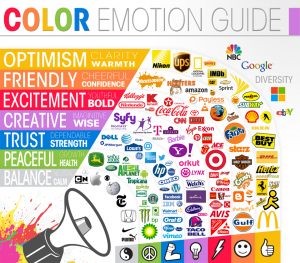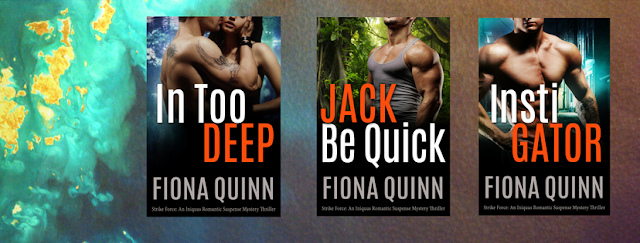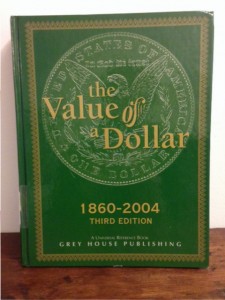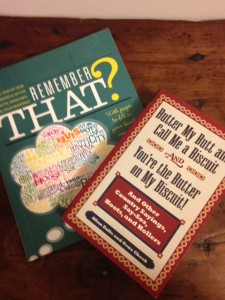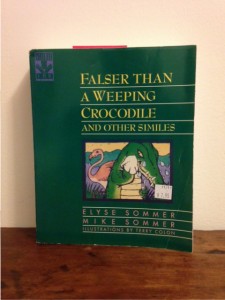Not that I’m suggesting starting or continuing smoking. But consider how your writing could benefit. (In reporting statistics and research findings, I’m not going to include academic citations. They clutter up the writing, and if you want to pursue something in more depth, you can easily find it online.)
As a Character Note
Given the general disapprobation of smoking today, chances are your hero or heroine will be a non-smoker. However, other characters are surely fair game.
A ten-year longitudinal study has reported that higher levels of openness to experience and neuroticism were each significantly associated with increased risk of any lifetime cigarette use. Neuroticism also was associated with increased risk of progression from ever smoking to daily smoking and persistent daily smoking over a ten-year period. In contrast, conscientiousness was associated with decreased risk of any of these.
Neuroticism is not a good thing! It is one of the Big Five higher-order personality traits in the study of psychology. Individuals who score high on neuroticism are more likely than average to be moody and to experience such feelings as anxiety, worry, fear, anger, frustration, envy, jealousy, guilt, depressed mood, and loneliness.
Other, less comprehensive research nevertheless is consistent with the above study. In this study, smokers had higher scores on measures of depressive symptoms, novelty seeking, and histrionic, borderline, passive-aggressive, and antisocial personality symptoms and lower scores on a measure of avoidant personality.
Not surprisingly, quitting smoking improves personality. Among adults 35 and under, those who quit smoking scored lower impulsivity and neuroticism than when they smoked.
Which Characters Are More Likely to Smoke?
(Compared to an overall rate of 15.5%)
- men, 17.5%
- people aged 25-64, 17.5%-18%
- non-Hispanic American Indians/Alaska Natives, 31.8%
- non-Hispanic Blacks and Whites, 16.5%
- Hispanics, 10.7%
- non-Hispanic Asians, 9%
- living in the Midwest, 18.5%
- living in the South, 16.9%
- being lesbian/gay/bisexual, 20.5%
- those experiencing serious psychological distress, 35.8%
- those with disability/limitation, 21.2%
More Frequent Occupations of Smokers
Actually, the field is pretty wide open here. But consider the likelihood that your smoker would be “different” from his/her peer group.
- mining
- construction
- manufacturing
- transportation industries
- business contract (promoters, salesmen, retail and wholesale dealers and buyers)
- business executives of all ranks
- editors
- educational administrators
- museum curators
- entertainment and recreational services
There is a notably smaller proportion of smokers among farmers, engineers, surgeons, elementary and high school teachers, and clergymen.
What is smoked varies, too. Pipe smokers are more frequently found among research scientists, lawyers, college professors, and schoolteachers. Cigar smokers tend to be business executives, bankers, editors, attorneys, and those in technological fields.
In general, more education is associated with less smoking, with the rate dropping to 4.5% for those with a graduate degree. The only anomaly is that those with 12 or fewer years of education have a smoking rate of 24.1%, while those with a GED certificate have a rate of 40.6%
Smoking is higher among those living below the poverty level, 25.3%. Besides everything else, a poor character who smokes would have the added burden of the cost of cigarettes. It is an expensive habit. A pack of cigarettes can cost as much as $10.45 (in New York state). But even the least expensive state (Missouri) has a cost of $4.38. FYI, in Virginia it is $4.78, second lowest.
As a Source of Tension
The most recent data I could find (from the CDC, 2016) indicate that more than 15% of adults 18 and older currently smoked. That leaves approximately 85% non-smokers, so lots of opportunity for negative comments, nagging, scolding, and downright arguments about everything from the smell and messiness to health risks to the smoker and to those exposed to secondhand smoke.
Perhaps the most obvious source of plot complications would be the known
health effects. More widespread smoking as well as increased life expectancy during the 1920s made adverse health effects more noticeable. In 1929,
Fritz Lickint of Dresden, Germany, published formal statistical evidence of a lung cancer–tobacco link, which subsequently led a strong anti-smoking movement in Nazi Germany. The harmful effects came to notice in Great Britain in 1954 with the
British Doctors Study, and in the United States with the Surgeon General’s report, 1964.
So, writers, choose your illness!
- heart disease
- stroke
- cancer anywhere in the body: lung, bladder, blood, cervix, colo-rectal, kidney, liver, larynx, oropharynx, pancreas, stomach
- chronic obstructive pulmonary disease (COPD)
- cause or exacerbate Type 2 diabetes
- rheumatoid arthritis
- exacerbates asthma
- weakens bones
- poor tooth and gum health
- cataracts
- increased inflammation
- decreased immune function
Smoking increases problems with fertility and pregnancy. Smoking can make it harder for women to become pregnant. It increases the risk for early delivery, stillbirth, low birth weight, sudden infant death syndrome, ectopic pregnancy, and orofacial clefts in infants.
Men are not immune. Smoking can reduce a man’s fertility and increase the risks of birth defects and miscarriage.
If you write historical fiction, know about smoking in your time period. Although smoking can be traced back to 5000 BCE in the Americas in shamanistic rituals, it wasn’t until the 16th century that the consumption, cultivation, and trading of tobacco spread. Before that, smoking was primarily opium or cannabis in the far East.
The modernization of farming equipment and manufacturing increased the availability of cigarettes in the United States. Mass production quickly expanded consumption, which grew until the scientific controversies of the 1960s, and condemnation in the 1980s. In 1962, research indicated that 78% of civilian men had a history of tobacco use.
From the 1930s through the 1950s or so, smoking was often presented and perceived as being sophisticated, sexy, and daring. In a time when smoking was not established as a health risk—when smoking was much more prevalent—the relationship between personality and smoking was probably less pronounced. I.e., a higher proportion of non-neurotics smoked.
Bottom line: You don’t have to smoke to benefit from smoking!
